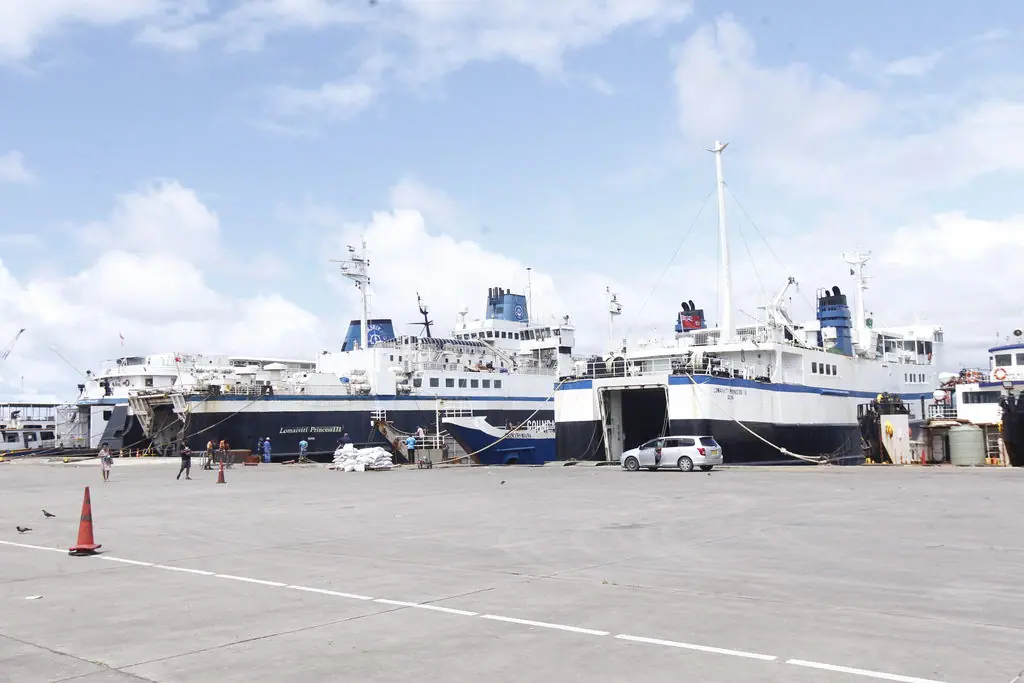The Polar Code, developed by the International Maritime Organization (IMO), was established to enhance safety in Arctic shipping after the inadequacy of previous guidelines became evident, especially following several high-profile maritime incidents. Originally adopted in 2009 as voluntary recommendations for ships in polar waters, these guidelines were transformed into mandatory regulations due to the unique challenges and hazards posed by operating in these extreme environments.
Effective January 2017 for new vessels and January 2018 for existing ones, the Polar Code applies to ships with a gross tonnage of 500 or more. Its implementation involved amendments to three key IMO conventions: the International Convention for the Safety of Life at Sea (SOLAS), the International Convention for the Prevention of Pollution from Ships (MARPOL), and the International Convention on Standards of Training, Certification and Watchkeeping for Seafarers (STCW). The support from Arctic states was crucial in this development process, recognizing the need for stringent safety measures in these regions.
The Code is divided into two main parts: Part I focuses on ship safety and operational protocols, while Part II addresses environmental protection measures. Part I, enforced under SOLAS Chapter XIV, specifies requirements for the design, construction, and operational safety of vessels, as well as emergency procedures and equipment. Additionally, it highlights the need for enhanced training and certification for crew members operating in polar conditions, ensuring that they adequately understand the complexities of navigation and safety in such environments.
Part II emphasizes pollution prevention, outlining strict measures for managing waste, including oil, garbage, and sewage, in accordance with MARPOL guidelines. These environmental provisions are vital, given the pristine nature of polar waters and the potential for severe ecological impacts from maritime activities.
Operative beyond 60 degrees north and south, the Code mandates that vessels navigating these waters must obtain a Polar Ship Certificate and maintain a Polar Waters Operational Manual. This manual serves as a crucial resource, detailing the operational protocols tailored to the specific conditions encountered in polar regions while adhering to the enhanced requirements of SOLAS, STCW, and MARPOL.
Moreover, since the Polar Code builds upon existing IMO conventions, it allows for more efficient compliance monitoring and enforcement through established port state control mechanisms. This integration ensures that safety and environmental standards are upheld effectively, promoting a safer and more responsible approach to Arctic shipping.
In summary, the Polar Code significantly strengthens regulatory frameworks governing polar maritime operations, addressing the inherent risks and environmental sensitivities of the Arctic regions. By mandating stringent safety designs for vessels and detailed environmental regulations, it aims to enhance the safety of ships and protect fragile ecosystems, ensuring that Arctic shipping can be conducted responsibly and sustainably.
Source link



